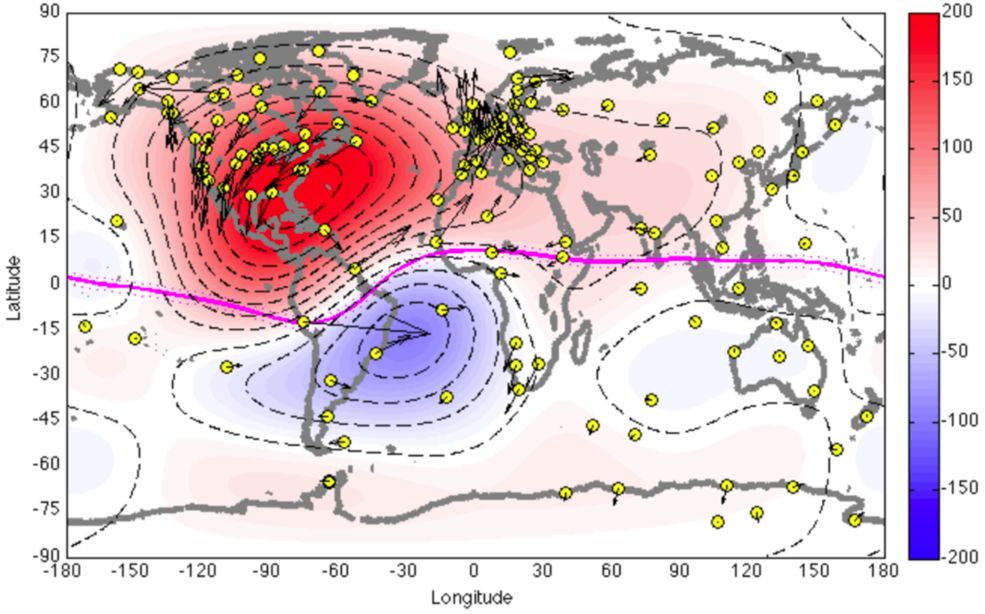This content has been archived. It may no longer be relevant
by Miles Hatfield, NASA —The Dynamo-2 sounding rocket mission will launch two rockets coordinated with the passing of the ICON satellite overhead to study a churning electric current in the upper atmosphere. The mission is just the latest in a centuries-long quest to understand the atmospheric dynamo, beginning with Michael Faraday’s invention of the electric generator.
Some 50 miles up, where Earth’s atmosphere blends into space, the air itself hums with an electric current. Scientists call it the atmospheric dynamo, an Earth-sized electric generator. It’s taken hundreds of years for scientists to lay the groundwork to understand it, but the principles that keep it running are only just now being revealed in detail.

Following up on its predecessor’s 2013 flight, the Dynamos, Winds, and Electric Fields in the Daytime Lower Ionosphere-2, or Dynamo-2, sounding rocket mission will soon pierce the atmospheric winds thought to keep the dynamo churning. With the sounding rocket’s launch timed as NASA’s ICON (Ionospheric Connection Explorer) satellite passes nearby, these two space missions will combine their perspectives to advance our understanding of the giant electric circuit in the sky.
Read much more about the coordinated efforts of Dynamo-2 and ICON in the full NASA article at https://www.nasa.gov/feature/goddard/2021/nasa-rocket-satellite-tag-team-to-view-the-giant-electric-current-in-the-sky/
UPDATE Sunday, July 11, 2021: The DYNAMO-2 mission has been completed with the successful launch of the second Black Brant IX sounding rocket at 1:56 p.m. EDT, Sunday, July 11, from NASA’s Wallops Flight Facility.

